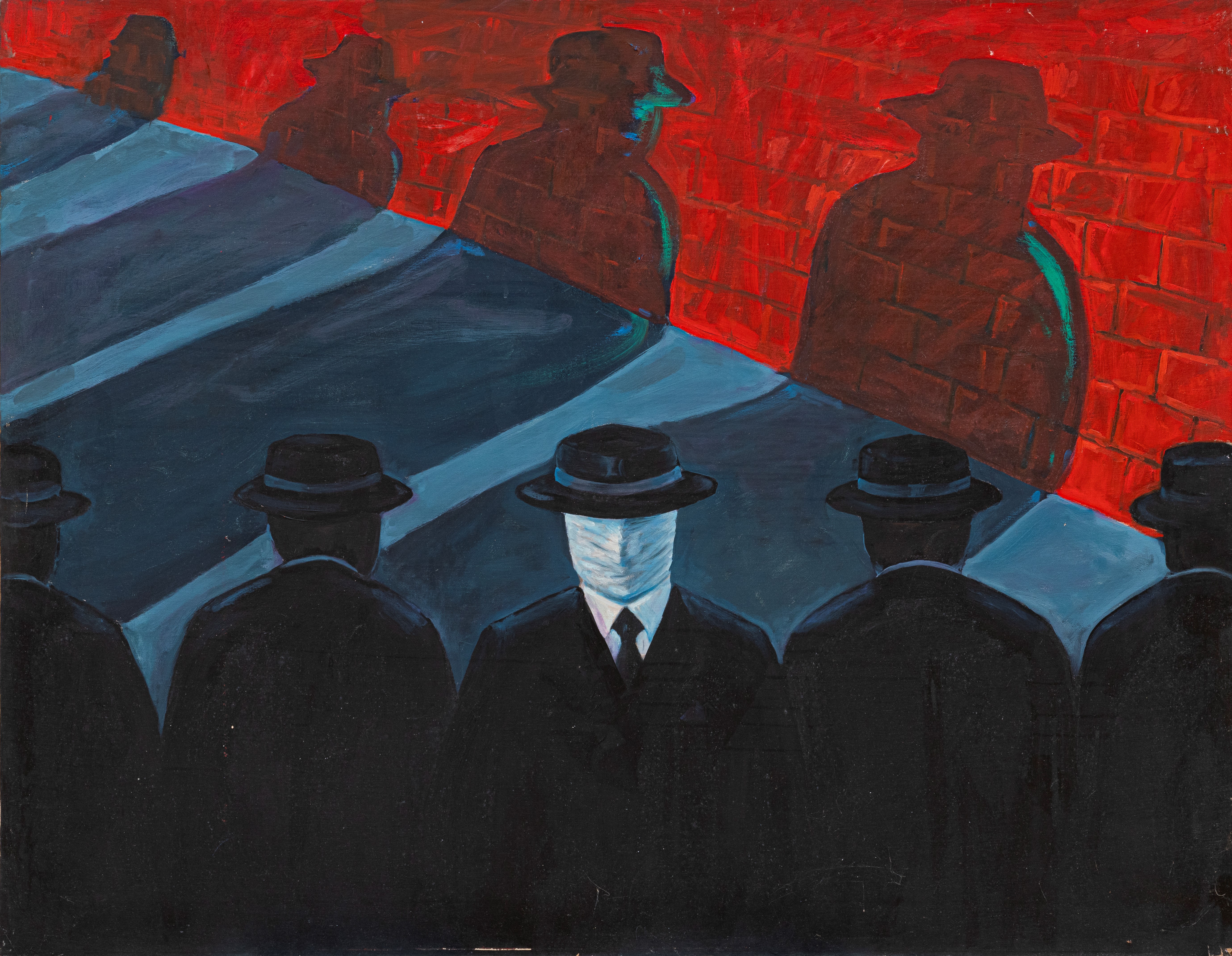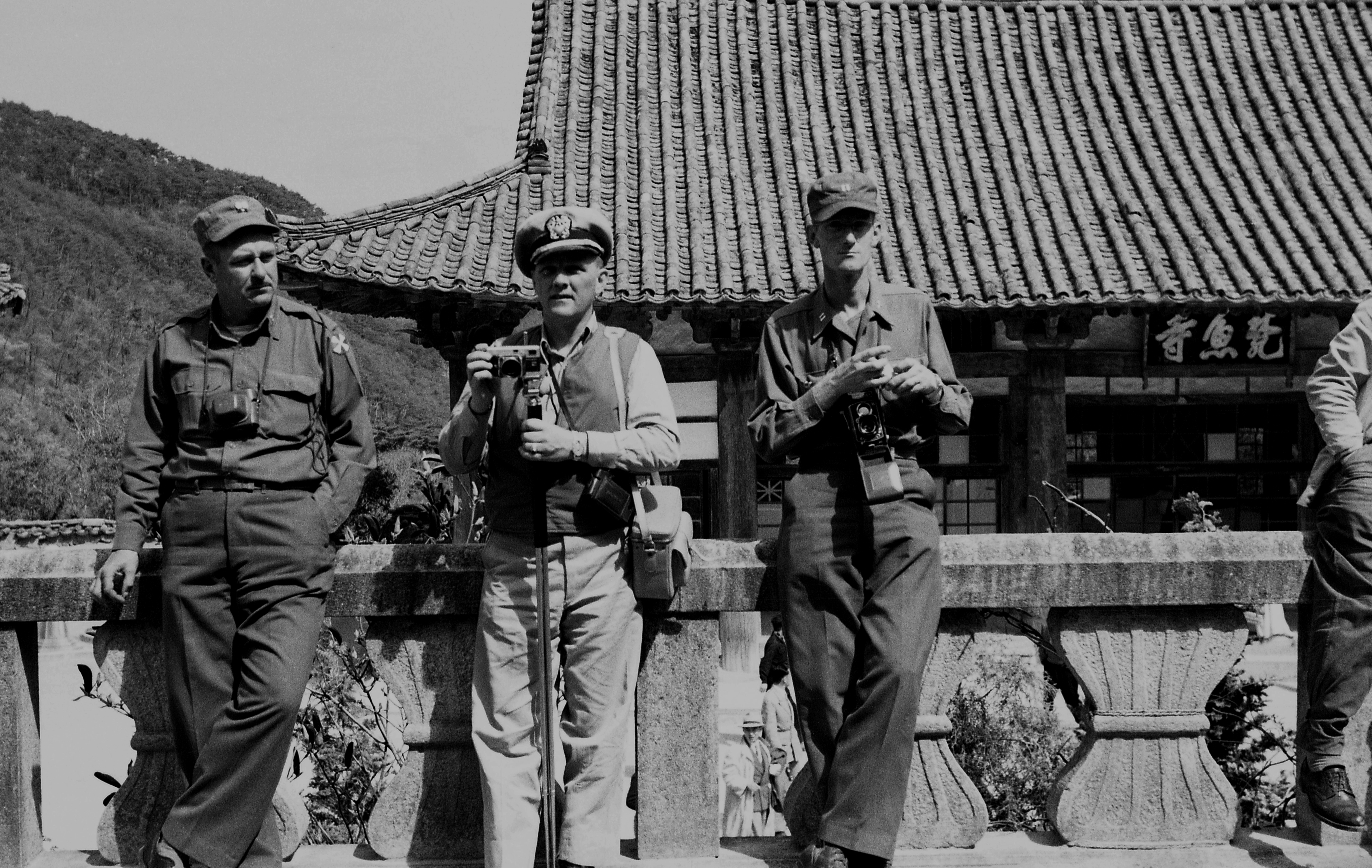Current
BMA Collection from Historically Created Relations
2022-07-15 – 2023-05-07- Discover more
- Domestic
- No. of Artworks
- 53
- Venue
- 본관 2층 소전시실
- Inquiries
- 051-740-2690
- Audio Guide
Everything Affects Each Other is a collection exhibition to experiment the possibility of historical perception and description through collections of the Museum by re-interconnecting Busan art in the history of the emergence and the growth of Busan as a city. First, we start by relating Busan art to history. Furthermore, our journey includes an attempt to grasp the specific history of Busan in the development of the modern and contemporary Korean history within the globally universal capitalist development process. The goal of the exhibition is to pay attention to Busan and art as a place or platform where the limitations and contradictions inherent in the history of the world’s universal capitalist development are revealed and to examine the relationship of Busan and art.
To this end, we focus on four works with different production years: Yeongga-dae by Woo Shinchul, Shantytown by Yang Dalsuk, Dialogue in Silence by Choi Jongtae and Untitled by Lee Hyejoo. Titles of each section to display their works are: The Colonial City of Busan, Busan Port of Return and Refuge, Special Demand Caused by War and Industrialization and Buma Democratic Uprising and Labor Strife. To understand how the history developed over time, the audience would be likely to appreciate the works in the chronological flow based on the four section titles. However, in fact, keywords and works representing each period give off meaning beyond the chronological distinction. For example, the city of Busan is still being re-formed amid the repetitive new port and residential area redevelopment, and the capitalist war over economic interests is underway all over the world even at the same time. The labor struggle was also waged by Joseon Textile Company workers in the 20s and 30s during the Japanese colonial period. The structuralization of hierarchical spaces through mobility nd control to overcome all these challenges has revealed contradictions in our world. However, it must be noted that each event is not occurring independently, but is historically created, encompassing the development and contradiction of each stage, and that at some time and stage, awareness of specific issues bursts out massively to the point of reinventing the history.
The five works at the lobby as an intro of the show present the holistic aspects of the world in each keyword - Modernization, Cities, Capitalism, Nation and History - and represent them concretely and abstractly. The audience might sense the composition and limitations of a world in e the development of modern civilization and the retreat of humanity are mutually presupposed, the liberation and bondage between humans are mutually conditioned, deficiency & desire, loss & acquisition and freedom & equality are affecting one another in an incomplete state and building up one another to invent a part of the history.
As history shows, all humans create an environment in which they live, and likewise, a given environment makes humans grow. Humans enjoy a specific environment created based on the material and psychological achievements inherited in each stage of the history, and conversely, the environment conditions and constrains human life in many ways and reproduces specific humans in a specific environment. Just as humans cannot exist independently of a specific setting historically created, even artworks produced by humans do not exist independently in the realm of fine art. Artworks are also products of humans created under the constraints and conditions given at each stage of history.
This exhibition is intended to show that Busan’s history and art are never separated based on the above premise. The present art is created based on past achievements and heritage. Everything is created in a historical relationship. Everything is reinvented and reproduced by developing or sometimes retreating each other. This view, on the contrary, also includes the fact that current conditions affect not only the present and the future, but also the recreation of the past. This collection exhibition is also possible only from the current perspective of looking back at the premise and conditions that all the activities the BMA has accumulated. Again, we hope that that this exhibition will be positioned in another historical and creative relationship.
To this end, we focus on four works with different production years: Yeongga-dae by Woo Shinchul, Shantytown by Yang Dalsuk, Dialogue in Silence by Choi Jongtae and Untitled by Lee Hyejoo. Titles of each section to display their works are: The Colonial City of Busan, Busan Port of Return and Refuge, Special Demand Caused by War and Industrialization and Buma Democratic Uprising and Labor Strife. To understand how the history developed over time, the audience would be likely to appreciate the works in the chronological flow based on the four section titles. However, in fact, keywords and works representing each period give off meaning beyond the chronological distinction. For example, the city of Busan is still being re-formed amid the repetitive new port and residential area redevelopment, and the capitalist war over economic interests is underway all over the world even at the same time. The labor struggle was also waged by Joseon Textile Company workers in the 20s and 30s during the Japanese colonial period. The structuralization of hierarchical spaces through mobility nd control to overcome all these challenges has revealed contradictions in our world. However, it must be noted that each event is not occurring independently, but is historically created, encompassing the development and contradiction of each stage, and that at some time and stage, awareness of specific issues bursts out massively to the point of reinventing the history.
The five works at the lobby as an intro of the show present the holistic aspects of the world in each keyword - Modernization, Cities, Capitalism, Nation and History - and represent them concretely and abstractly. The audience might sense the composition and limitations of a world in e the development of modern civilization and the retreat of humanity are mutually presupposed, the liberation and bondage between humans are mutually conditioned, deficiency & desire, loss & acquisition and freedom & equality are affecting one another in an incomplete state and building up one another to invent a part of the history.
As history shows, all humans create an environment in which they live, and likewise, a given environment makes humans grow. Humans enjoy a specific environment created based on the material and psychological achievements inherited in each stage of the history, and conversely, the environment conditions and constrains human life in many ways and reproduces specific humans in a specific environment. Just as humans cannot exist independently of a specific setting historically created, even artworks produced by humans do not exist independently in the realm of fine art. Artworks are also products of humans created under the constraints and conditions given at each stage of history.
This exhibition is intended to show that Busan’s history and art are never separated based on the above premise. The present art is created based on past achievements and heritage. Everything is created in a historical relationship. Everything is reinvented and reproduced by developing or sometimes retreating each other. This view, on the contrary, also includes the fact that current conditions affect not only the present and the future, but also the recreation of the past. This collection exhibition is also possible only from the current perspective of looking back at the premise and conditions that all the activities the BMA has accumulated. Again, we hope that that this exhibition will be positioned in another historical and creative relationship.


.jpg)
.jpg)


.jpg)

.jpg)

.jpg)
.jpg)
 우신출, 영가대(1).jpg)

